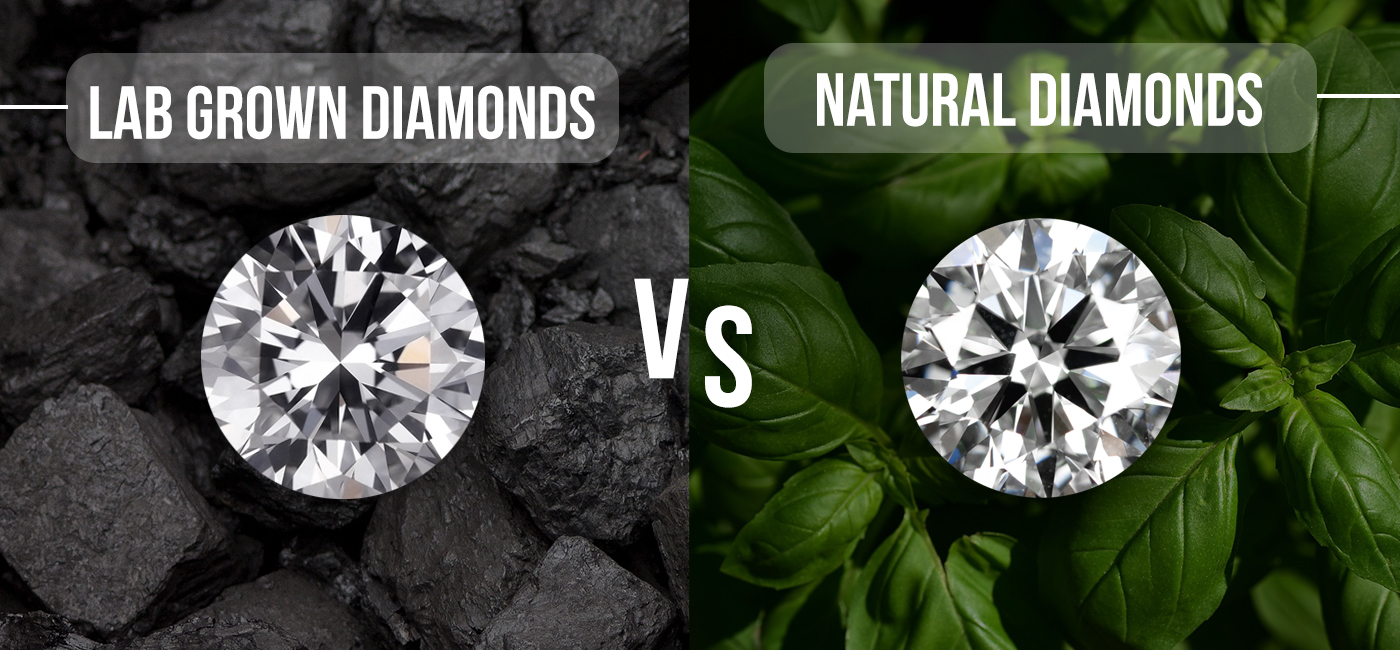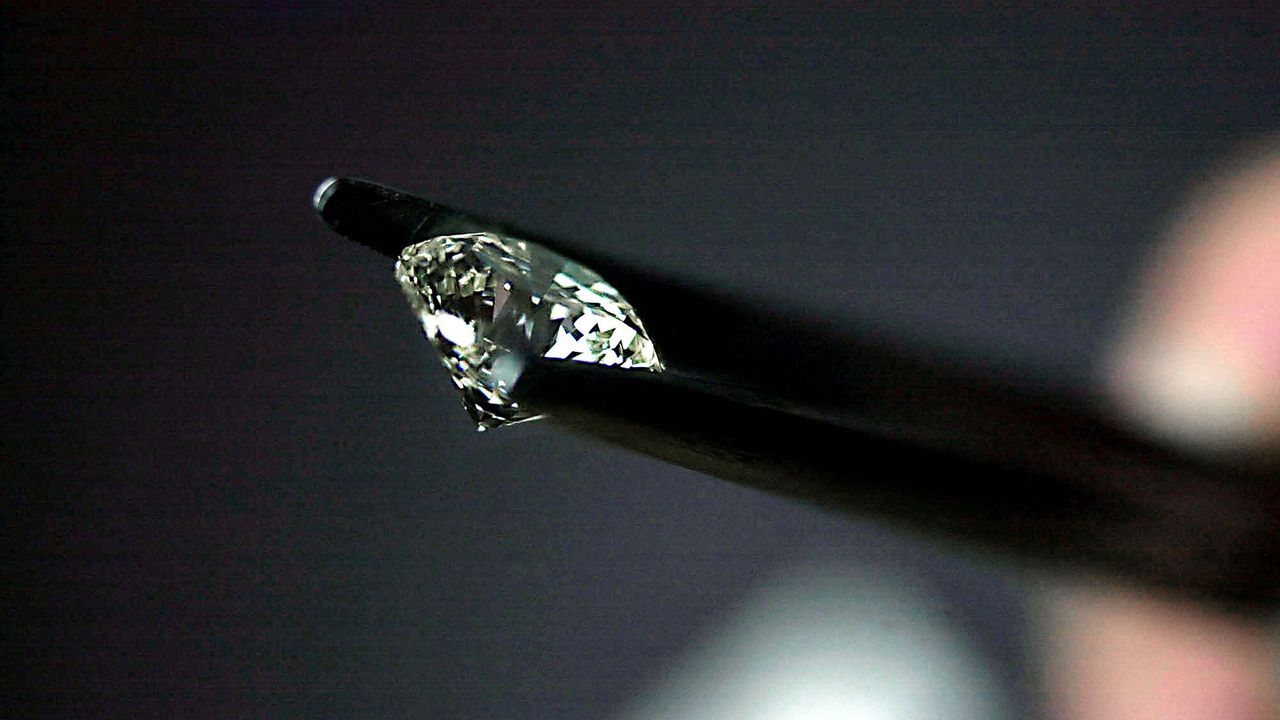When it comes to purchasing a lab-grown diamond ring, the metal choice plays a crucial role in the overall aesthetics, durability, and cost of the ring. Platinum and gold are two of the most popular metals for engagement rings and fine jewelry, but they differ in various aspects. In this article, we will explore the key differences between platinum and gold lab diamond rings, helping you make an informed decision for your special occasion.
What is a Lab Diamond?
Before diving into the comparison between platinum and gold, it’s essential to understand what a lab-grown diamond is. Lab diamonds are created in a controlled environment using advanced technology that mimics the natural processes that form diamonds in the Earth. These diamonds are chemically, physically, and optically identical to natural diamonds but are more affordable and environmentally friendly.
Platinum vs Gold: A Quick Overview
Both platinum and gold are noble metals widely used in jewelry. Each offers unique benefits and characteristics that make them appealing for different styles and preferences. Let’s break down the key features of platinum and gold when paired with lab-grown diamonds.
Platinum: The Prestige Metal
Platinum is one of the rarest and most durable metals, making it a prestigious choice for fine jewelry. Here are the top features of platinum:
1. Durability and Strength
Platinum is incredibly strong and resistant to wear and tear. It doesn’t tarnish over time, making it an excellent option for everyday wear. This durability ensures that your lab-grown diamond stays secure in its setting for years to come.
2. Hypoallergenic Properties
Platinum is a hypoallergenic metal, making it ideal for people with sensitive skin or allergies to certain metals. Since platinum is naturally pure, it doesn’t require mixing with other alloys, unlike white gold, which may contain nickel.
3. Weight and Comfort
Platinum is heavier than gold, which can be appealing to those who prefer a substantial feel in their jewelry. Although heavier, many people find platinum comfortable to wear, and the weight adds a feeling of quality.
4. Cost Considerations
Platinum is more expensive than gold due to its rarity and high density. This can increase the overall price of a platinum lab diamond ring, but the long-lasting durability and prestige factor might justify the price for many buyers.
Gold: The Classic and Versatile Option
Gold is a classic and timeless metal choice, offering a range of colors and styles to suit individual tastes. Here’s a deeper dive into the characteristics of gold:
1. Variety of Colors
Gold comes in three main variations: platinum vs gold lab diamond rings. Each type offers a different aesthetic, allowing for customization and personalization in your lab-grown diamond ring. Yellow gold has a traditional, warm appearance, while white gold offers a sleek, modern look. Rose gold, with its pinkish hue, gives off a romantic, vintage vibe.
2. Affordability
Gold is generally more affordable than platinum, making it a popular choice for budget-conscious buyers. The price of gold can fluctuate depending on the market, but it is usually less expensive than platinum. If you’re looking to save on costs while still getting a high-quality lab-grown diamond ring, gold may be the way to go.
3. Durability and Maintenance
Gold is a relatively soft metal, which means it may wear down over time, especially in engagement rings that are worn daily. However, when alloyed with metals like nickel or palladium, white gold can offer more strength. Gold rings may also need periodic rhodium plating to maintain their luster and protect them from scratches and tarnishing.
4. Customizability
Gold is easier to work with than platinum, making it the preferred choice for intricate designs and custom jewelry. Whether you’re looking for a simple band or an ornate design, gold can be shaped into almost any style.
Platinum vs Gold Lab Diamond Rings: Key Differences
To help you decide which metal is best for your lab-grown diamond ring, let’s compare platinum and gold across a few important factors.
1. Durability and Longevity
- Platinum: More durable and long-lasting, does not tarnish or wear down easily.
- Gold: While durable, gold is softer and more prone to scratching and tarnishing, especially in white gold rings.
2. Hypoallergenic Properties
- Platinum: Naturally hypoallergenic, ideal for sensitive skin.
- Gold: Some gold alloys may contain nickel, which can cause irritation for those with nickel allergies. 24k gold, however, is hypoallergenic.
3. Aesthetic Appeal
- Platinum: Offers a timeless, sophisticated look that complements the brilliance of lab-grown diamonds.
- Gold: Offers versatile color options (yellow, white, and rose) to match various personal preferences and styles.
4. Cost
- Platinum: Higher in price due to its rarity, density, and durability.
- Gold: Generally more affordable, with prices varying depending on the type and karat of gold.
Conclusion: Which Metal is Best for Your Lab Diamond Ring?
Both platinum and gold are excellent choices for a lab grown diamonds, but the best option depends on your priorities:
- Choose platinum if you’re looking for a durable, hypoallergenic metal with a luxurious, timeless appeal. It’s an investment that will last a lifetime and is perfect for someone who values strength and prestige.
- Choose gold if you want a more affordable ring with flexibility in color options and design. Gold offers a range of choices and can be customized to suit different tastes, from classic to modern.
Ultimately, whether you choose platinum or gold, a lab-grown diamond will ensure that you get a beautiful, ethically sourced gemstone at a more affordable price than natural diamonds. Both metals pair beautifully with lab-grown diamonds, so your choice will come down to personal preference, style, and budget.
By understanding the differences between platinum and gold, you can make a confident decision that reflects your unique style and priorities.




